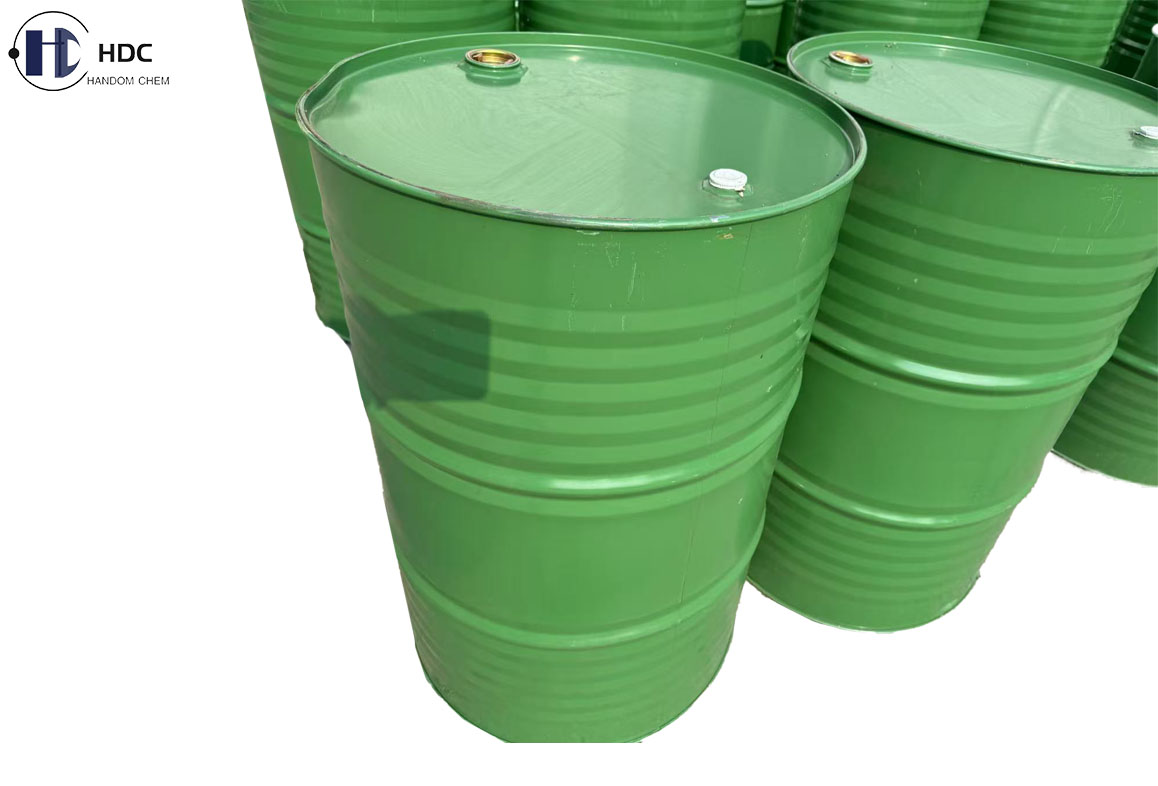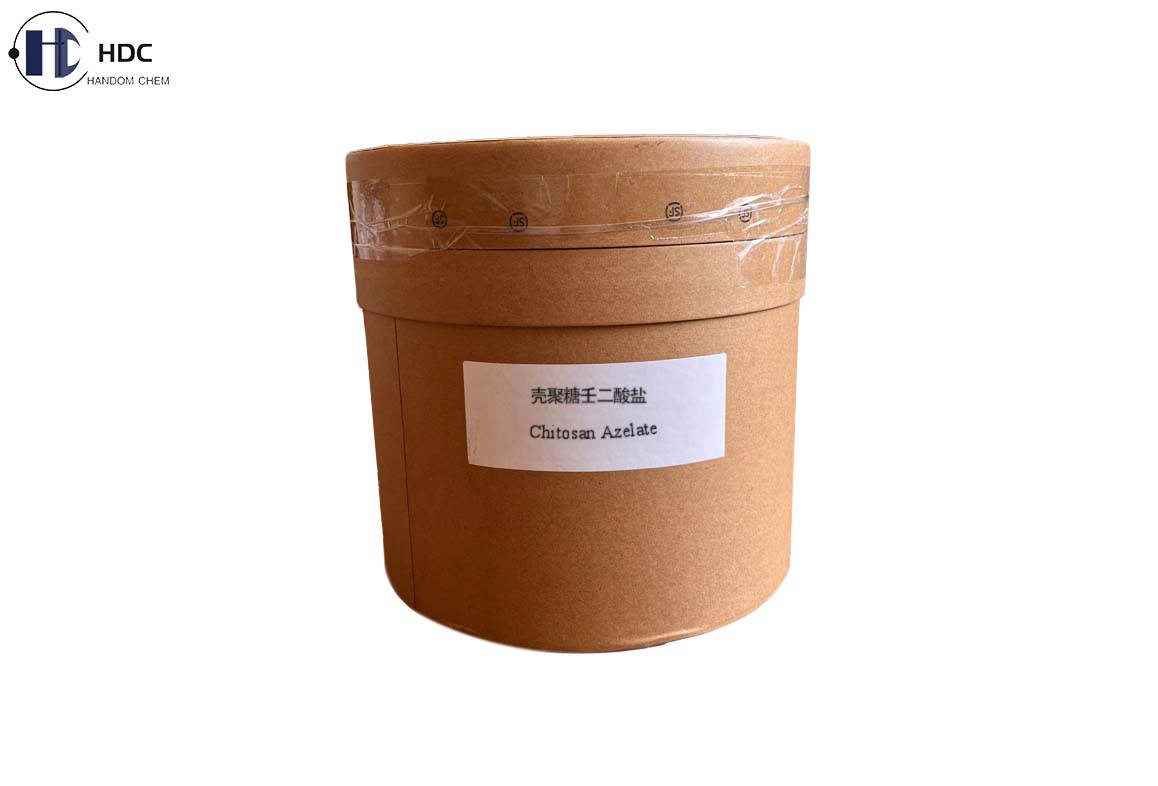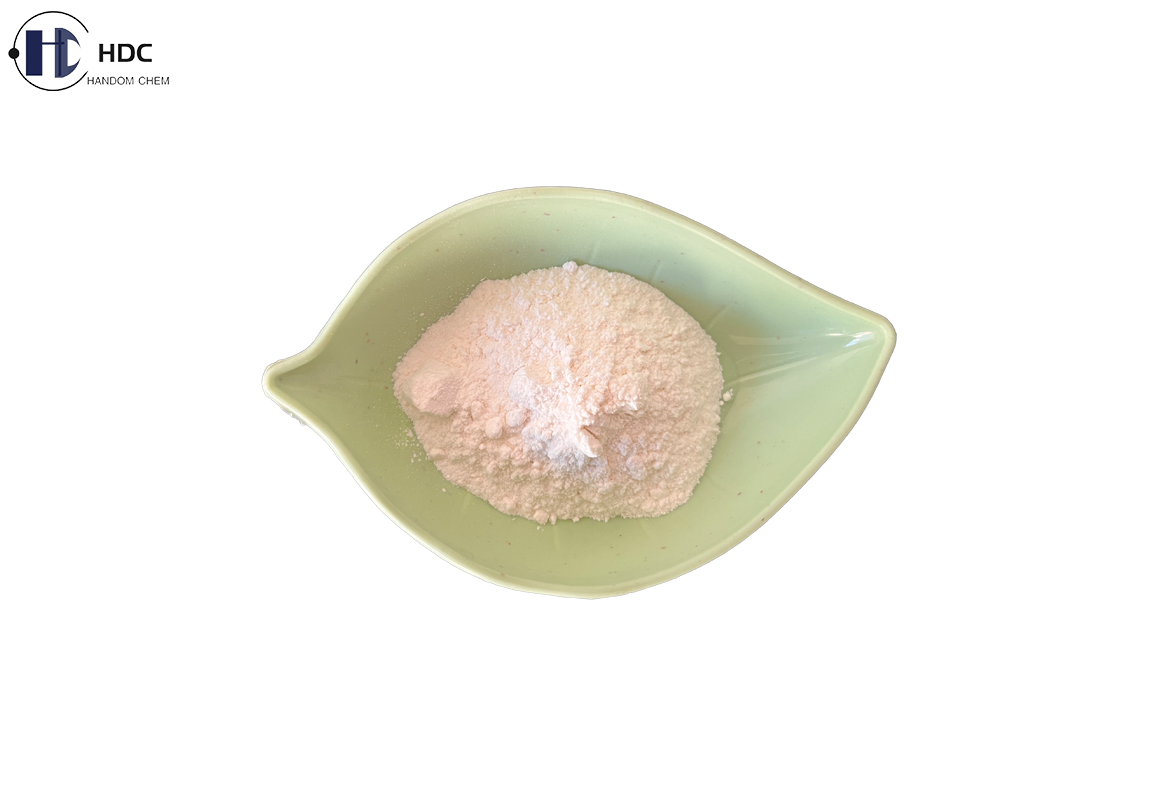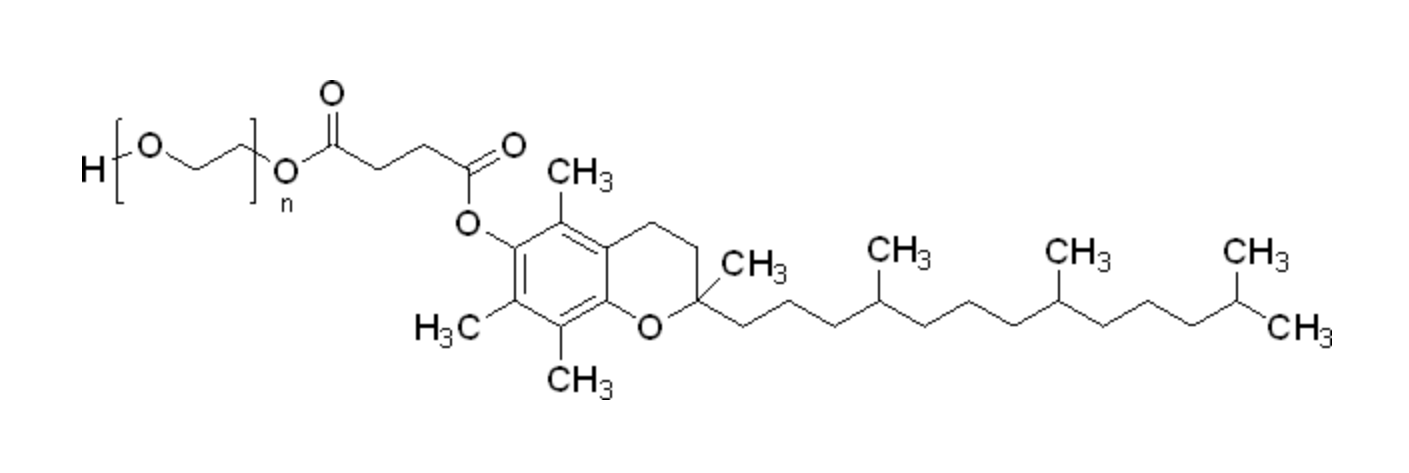
PRODUCTS
Soy lecithin liquid is a natural lecithin mixture e……

Soybean lecithin powder, also called soya lecithin ……

Product Name: Chitosan AzelateGrade: Cosmetic Grade……

Commodity Name: IscotrizinolChemical Name: Diethylh……

Product Name: Vitamin E Polyethylene Glycol Succinate(TPGS)
Alias:TPGS-VE; Tocofersolan; Tocophersolan; tocopherosolan; Vitamin E-TPGS; d-alpha-tocopheryl polyethylene glycol succinate; D-ALPHA-TOCOPHEROL POLYETHYLENE GLYCOL SUCCINATE
CAS No.: 9002-96-4
Molecular Formula: C33H54O5·(C2H4O)n

Specifications of our D-Alpha-Tocopheryl Polyethylene Glycol Succinate (Vitamin E-TPGS):
Test Items
Specifications
Test Methods
Description
Off-white or yellowish waxy solid
Visual
Identification
Meets the requirements
GC
Assay (D-Alpha-Tocopherol)
Not less than 25.0%
GC
Solubility in water
Not less than 20% (Clear Solution)
USP Method
Acidity
Not more than 0.27mL
USP Method
Specific Rotation
Not less than +24.0°
USP<781S>
Total Heavy Metals
Not more than 10 ppm
USP<231>
Cadmium (Cd)
Not more than 1 ppm
ICP-MS
Arsenic (As)
Not more than 1 ppm
ICP-MS
Lead (Pb)
Not more than 3 ppm
ICP-MS
Mercury (Hg)
Not more than 0.1 ppm
AAS
Residual Solvents
Ethyl Acetate: Not more than 3000 ppm
USP<467>
Ethanol: Not more than 5000 ppm
USP<467>
Microbial Tests
Total Plate Count
Not more than 1000 CFU/g
USP<61>
Yeasts & Moulds
Not more than 100 CFU/g
USP<61>
Salmonella
Negative
USP<61>
Escherichia coli
Negative
USP<61>

Applications:
Vitamin E polyethylene glycol succinate (TPGS) has been widely used in the research of preparations, as solubilizers, absorption enhancers, emulsifiers, plasticizers, and carriers for poorly water-soluble or fat-soluble drug delivery systems, such as solid dispersions , a carrier for ocular administration, a carrier for intranasal administration, etc. In recent years, many studies have found that in addition to being used as a pharmaceutical excipient, TPGS also has many unique characteristics, such as an absorption enhancer and a multidrug resistance reversal agent, etc. TPGS can also be applied to prodrugs, micelles, liposomes, and TPGS-copolymer carriers to improve the solubility, permeability and stability of preparations, so as to achieve slow, controlled release and targeting, and promote drug absorption.
Packaging:
1kg/bottle, 5kg/bag or according to the specific requirements from customers.
Storage & Transportation:
Preserved in unopened original containers in a cool dry place before using, kept away from direct sunlight, heat and moisture; prevented from rain, strong acids or alkalis. Handle with care during transportation to prevent damage to the packages.
Shelf Life:
36 months if stored under above mentioned conditions.